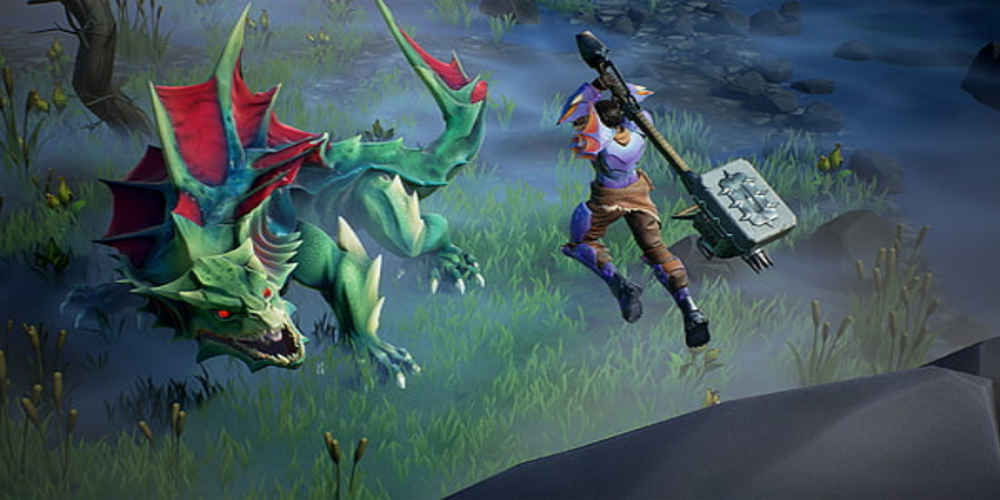Unveiling the Challenges and Significance of Video Game Preservation
28 Jul 2023

Video games are undoubtedly a form of art that captivates with its immersive narratives, stunning visuals, and enchanting music. They offer a unique interactive experience that allows individuals to participate actively in the storytelling process. Despite their artistic value, video games are often regarded merely as sources of entertainment, which has distorted their perception as art and limited their preservation potential compared to other artistic mediums like books, music, and films. However, organizations like the Video Game History Foundation aim to change this narrative and shed light on the importance of video game preservation.
Under the Microscope: Video Game Preservation

Video game preservation is a term that outlines the efforts towards maintaining and preserving video games for future generations. Though it seems straightforward, the process is intricate and requires an understanding of art preservation. For instance, institutions like the Library of Congress accumulate a diverse range of art from various mediums for preservation. This helps ensure the longevity of art pieces, making them accessible to future generations, inspiring creativity, and fostering the continuity of art. Unfortunately, video games are not frequently included in this preservation process, with a recent report from the Video Game History Foundation indicating that 87% of video games are not preserved in any form.
Pitfalls in Video Game Preservation

The path towards effective video game preservation is fraught with numerous challenges. The Entertainment Software Association (ESA), the principal lobbying group for the video game industry, is a significant obstacle. The ESA asserts that the video game industry sufficiently works towards game preservation without external intervention, a statement contradicted by the Video Game History Foundation's research. Other barriers include the soaring costs of acquiring retro consoles and games, the inconsistent quality of digital markets, and licensing issues that can lead to the removal of games from digital platforms. These factors collectively complicate the process of preserving and making games accessible to the public.
The Imperative of Preserving Video Games

While it's true that many influential video games are available on modern platforms, countless others are not. These overlooked games are equally important, regardless of their popularity or critical acclaim. Emulation might seem a feasible solution, but it isn't ideal due to its legal implications and technical complexities. Just like books and films, video games should be readily accessible to anyone interested in experiencing them, a feat achievable through effective video game preservation. This would not only prevent invaluable pieces of interactive art from vanishing but also make them accessible to a broader audience.
The Potential Impact of Successful Video Game Preservation

Efficient preservation of video games could revolutionize the way we access and experience these digital art forms. Imagine local libraries offering an array of games for people to borrow or a massive digital library where players could log in and "rent" retro games. This would enable everyone to experience games from their childhood or discover hidden gems without hurdles or excessive costs. Preservation would ensure that this highly interactive art form continues to inspire future generations of game designers and creators, guaranteeing the longevity and evolution of the video game industry.







